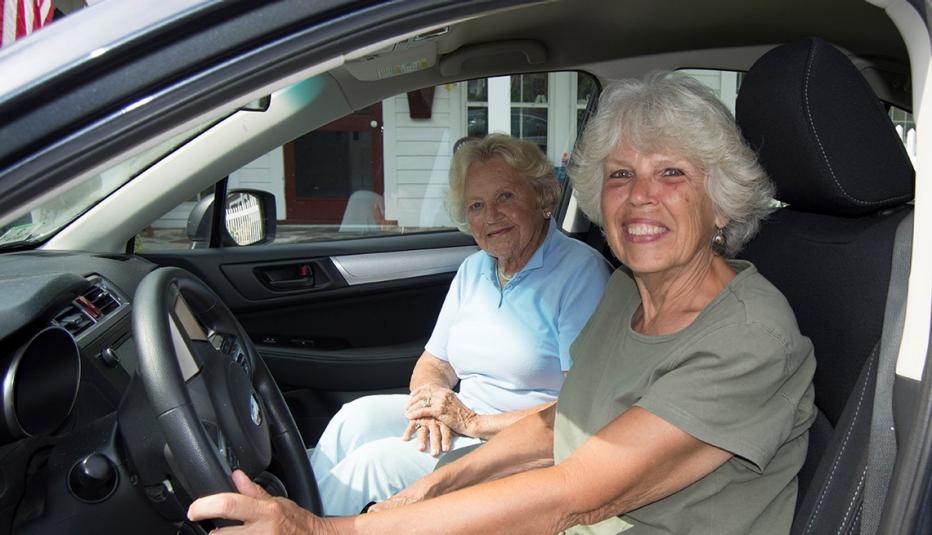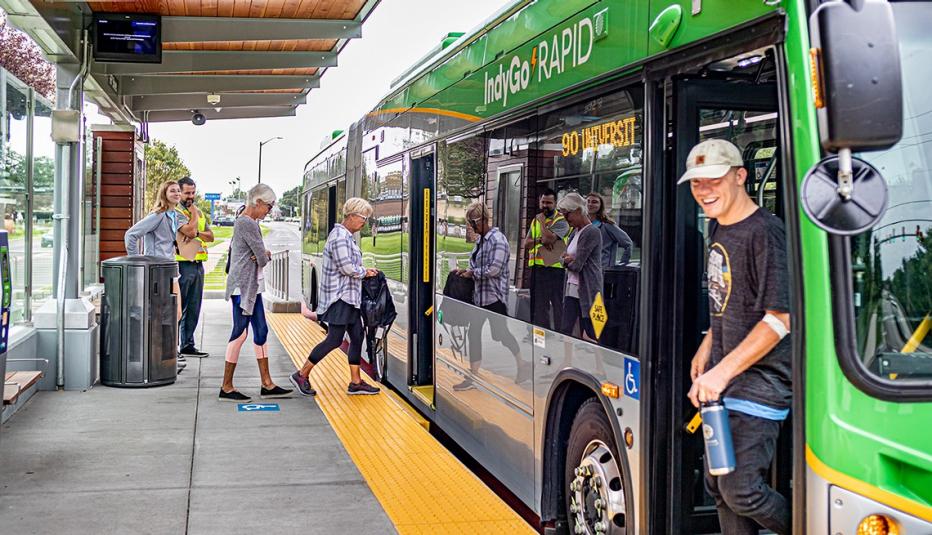AARP Hearing Center
Overview
The need for safe and accessible streets is vital in order to foster a livable community. In a poll taken for this study, nearly 50 percent of older adults stated that they cannot safely cross main roads close to their homes. This AARP study discusses how the concept of “Complete Streets,” can improve the mobility of older adults. A Complete Street is safe and convenient for travel by automobile, foot, bicycle, and transit for everyone in the community regardless of age or ability.
Key Points
The report provides insight on Complete Streets by discussing the issue of mobility for aging older adults, planning and engineering designs meant to improve mobility for older drivers and pedestrians, and best practices for making streets accessible for older travelers. Complete Streets initiatives provide an opportunity to improve the nation’s travel options while making streets safer for older adults and, in turn, all road users.
Other report highlights include:
- The focus of Complete Streets initiatives is to encourage local, regional, and state planning agencies to change policies so that multimodal transportation options are considered in project development from the beginning.
- Through Context Sensitive Solutions transportation engineers and planners can incorporate more flexibility into their road design processes in order to accommodate a wider range of road user needs.
- This report offers refinements to intersection design treatments recommended by the Federal Highway Administration in its Design Handbook for Older Drivers and Pedestrians. Complete Streets policies should establish performance standards and measurable outcomes.
A public opinion telephone survey of the 50+ population, an online survey of more than 1,000 transportation planners and engineers, and an inventory of the 80 existing state Complete Streets policies inform this study.
How to Use
According to AARP, this study “encourages transportation planners and decision makers to build upon the principles of Complete Streets to address the specific needs of older drivers and pedestrians.” The report includes resources for transportation planners and designers that will aid in the implementation of Complete Streets. A list of characteristics that make for a good Complete Streets policy can be found on page 29. Planners and local officials can use this as a checklist when establishing a Complete Streets policy that will accommodate the needs of all road users in the community.































































